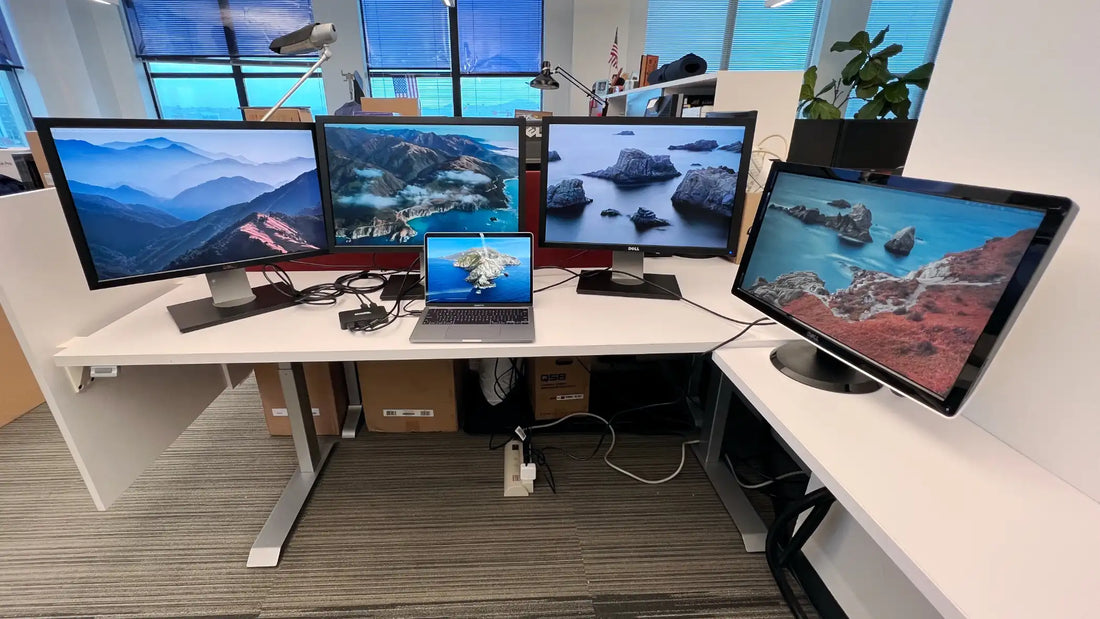Want to display the same video on two TVs or Monitors at once? It’s easier than you might think. Whether you're setting up a game night, a business display, or just want to watch from two rooms, here’s how to do it right.
1. Use an HDMI Splitter (Most Common Method)
An HDMI Splitter takes one HDMI input and duplicates it into two or more outputs. Just plug your source (like a PS5 or streaming box) into the splitter, then connect both TVs with HDMI cables.
Important Tips:
- Both TVs, monitors must support the same resolution.
-
Use quality HDMI cables to avoid signal loss over long distances.
- Powered splitters are more reliable, especially for longer cable runs.
2. Use a Wireless HDMI Transmitter
Don’t want to run cables across the house? A wireless HDMI kit transmits your source’s signal to TVs without wires.
Pros:
- Cleaner setup with no wires.
Cons:
- More expensive.
- Potential for slight signal delay, depending on the model.
Other (Less Common) Methods to Connect Two TVs
3. Use an HDMI Matrix Switch An HDMI matrix can send multiple sources to multiple TVs at once. It's more flexible, but often overkill for simple setups.
4. Daisy-Chaining with DisplayPort MST (for Monitors, Rare for TVs) DisplayPort hubs allow daisy-chaining multiple screens from one source, but this doesn’t usually apply to standard TVs.
5. Using Casting Devices (e.g., Chromecast, Fire Stick, AirPlay) With good Wi-Fi, you can "cast" the same source to multiple TVs individually. It’s not a true one-to-two HDMI connection but often asked about.
Summary For most homes and setups, an HDMI splitter or wireless HDMI kit will cover your needs for connecting two TVs to one source. Choose based on your space, budget, and how much you value a wire-free environment!



